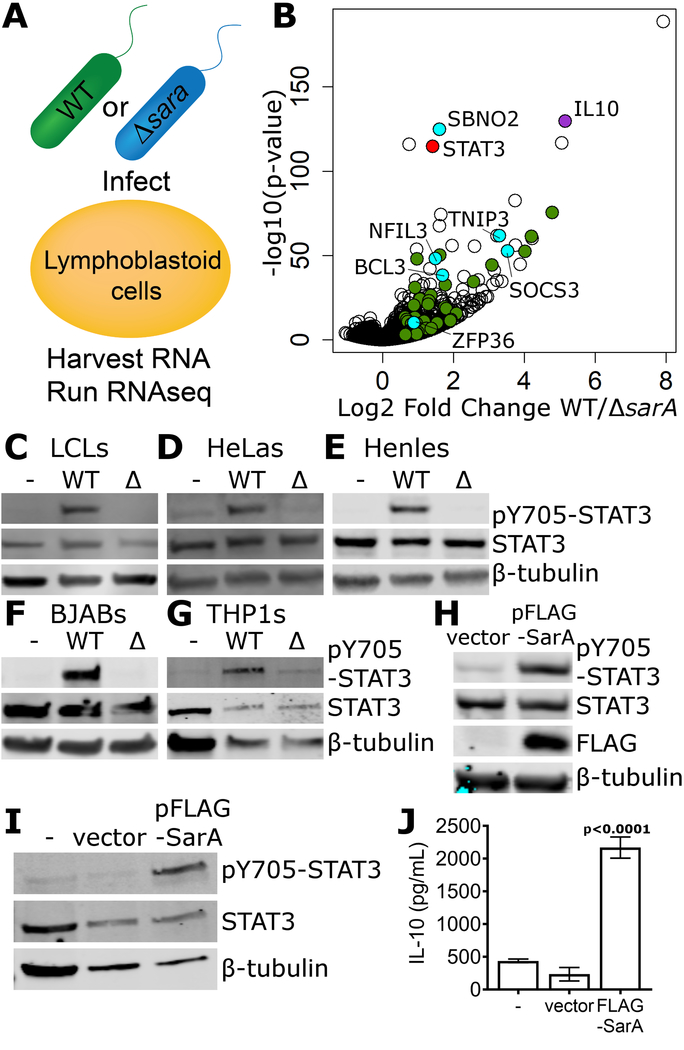Figure 4. SarA is necessary and sufficient for STAT3 activation.
a, Overview of RNA-seq comparison. LCLs were infected with wild-type or ΔsarA S. Typhimurium and harvested at 24 hrs. b, Volcano plot of all measured RNA transcripts. IL-10 is labeled and highlighted in purple, STAT3 is labeled and highlighted in red. Known STAT3 targets that show >1.5 fold change with adjusted p-value of <0.05 are highlighted in green, with those known to be involved in mediating an anti-inflammatory response highlighted in cyan and labeled with their gene name. c, d, e, f, g, STAT3 phosphorylation in LCLs (c), HeLas (d), Henles, (e) BJABs (f), and THP1s (g), required SarA. Lysates were harvested at 24 hrs. h, Mammalian SarA expression is sufficient to drive STAT3 phosphorylation. HeLas were transfected with an expression plasmid containing N-terminally FLAG-tagged SarA under a CMV promoter (FLAG-SarA) or with an empty vector control. After 24 hrs, transfected HeLas were harvested and blotted for phosphorylated STAT3, total STAT3, and FLAG. i, j, Mammalian SarA expression is sufficient to drive STAT3 phosphorylation (i) and IL-10 production (j) in LCLs at 48 hrs. p-values are from paired t-tests.

